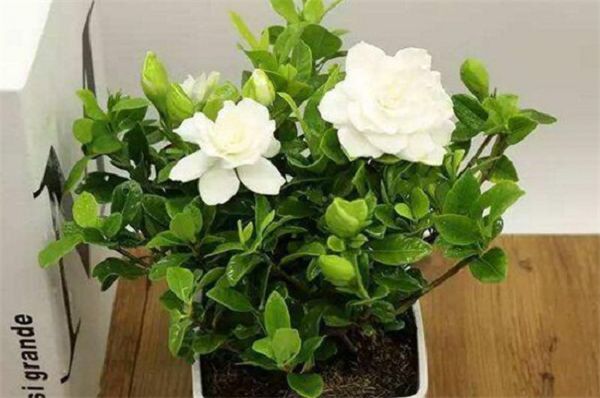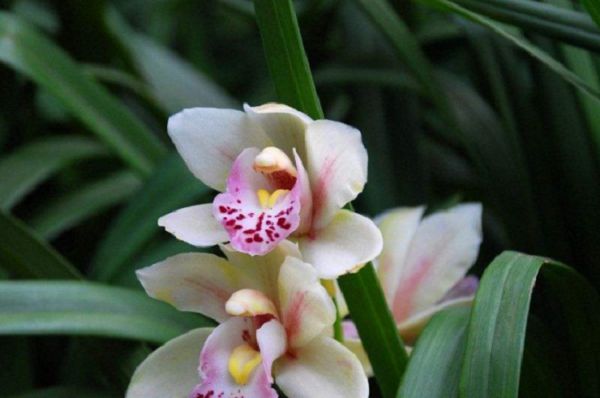Technical points of indoor soilless cultivation of orchids
Orchid is one of the famous flowers in China, which has a long history of cultivation and is often potted. Orchids have a particularly elegant aroma, flowers throughout the year, not only can be used for indoor viewing, layout of the room, its roots, leaves, flowers can also be used as medicine, widely popular. Soilless cultivation is a popular cultivation method in the world in recent years. The soilless cultivation plant material is light, rough, hydrophobic and breathable, which can avoid rotting roots, and will not splash sand due to watering and fertilization, thus polluting the environment. The main technical points of indoor soilless cultivation of orchids are introduced as follows:
1 selection of plant materials
The plant materials of orchid soilless cultivation can be divided into two categories: organic plant material and inorganic plant material: rotten bark, sawdust, charcoal, grain bark and so on. Rinse with clean water, expose to the sun or disinfect at high temperature for 2 hours and then rinse and dry. Inorganic plant materials include foamed plastic blocks, foamed plastic bars, perlite, coarse river sand, pebbles, etc., as well as tiles, ceramic kiln soil particles (these two kinds of water soak for 24 hours, get rid of gas, etc.) and so on. Inorganic plants do not need to be sterilized. Soilless plant material has low moisturizing performance, does not have high nutrients, is easy to lose water and fertilizer, and is easy to cause poor growth. some soilless plant hardware often hinders the growth of orchid roots. Therefore, soilless plants need to be properly prepared. The general formula is: inorganic plant material 70%, organic plant material 30%. In addition, all organic plants can be used, and the specific formula is as follows: 30% of trees, 10% of stems and leaves, 10% of waste residue, 10% of seed shells and 40% of carbon.
2 Water and fertilizer management
The substrates of ① soilless culture generally have poor water retention. In order to promote the growth of orchids, appropriate amount of water should be supplied many times a day. The amount of watering depends on the light and air temperature. In the golden summer and autumn with high temperature and strong light, it is thoroughly watered once in the morning, in the middle and in the evening, and once in the morning and evening in the late spring and early winter, and once a day in the dormant period. It is better to be moist but not wet, dry but not dry. The fertilizers for soilless cultivation of ② orchids are generally inorganic fertilizers, mainly nitrogen, phosphorus and potash, as well as some compound fertilizers. Magic fertilizer and Haokangduo can be used as base fertilizers. These two fertilizers are long-acting and multi-functional compound fertilizers. The ratio of nitrogen, phosphorus and potassium is 3 ∶ 20 ∶ 3 and 7 ∶ 6 ∶ 7 respectively. Magic fertilizer is generally about 5 grams per pot, and Haokangduo is generally 3 to 3.5 grams. Root topdressing or foliar spraying should be carried out in the evening, and fresh water should be irrigated again in the early morning of the second day, three times a month, foliar spraying should be carried out at about 9 ∶ in the morning, using 1 gram of urea, 1 g of potassium dihydrogen phosphate and 2 kg of water, fully dissolved and sprayed on the leaves. From April to November, fertilizer can be applied, and the principle of thin fertilizer and frequent application should be adhered to.
3 plant type management
After the orchid bud appears, it is necessary to remove all the poorly developed buds with poor ornamental value to ensure that the flowers are large and beautiful; after flowering, cut the flowers and flowers together in time, and do not wait until the flowers fall off naturally, so as to reduce nutrient consumption and facilitate flowering in the coming year.
4th sunshine temperature and ventilation control
According to the growth habits of orchids, orchid pots are required to be placed in a well-ventilated room with a sunshine rate of 10%-40%, and the temperature around the flowerpot is controlled at 28 ℃ ~ 30 ℃.
(5) Disease and pest control
The main diseases and insect pests of orchids are white silk disease, anthracnose, scale insects, red spiders and so on. The control methods are as follows: ① white silk disease. Soilless cultivation, because of good drainage, less incidence of the disease, once the disease, you can remove the plant and sprinkle with lime; it can also be sprayed and irrigated with 12% oleic acid copper EC 600 times 800 times solution, and then irrigated again after 7 days. ② anthrax. Orchids are prone to this disease, which can be sprayed with 50% methyl topiramate wettable powder 800-1500 times, once every 10 days. ③ scale insects. When the insect population is not dense, it can be brushed off with a hairbrush, otherwise, it can be diluted with wind oil essence by 600 to 800 times. ④ red spider. It can be sprayed 150 times with neutral washing powder with water or diluted with conventional acaricides in proportion.
Related
- Is the orchid suitable for indoor use? Is it good for the body?
- How to prevent the empty root of orchids?
- What to do after the crab claw orchid is withered?
- Why are the leaves of orchids always yellow? Fertilizing and watering.
- Can the root of the gentleman orchid be saved if it is rotten?
- Diagnosis and treatment of cotton-blowing beetle insects in Cymbidium
- There is a way for a gentleman's orchid to rot.
- What is the most suitable temperature and humidity for the orchid?
- How to raise a gentleman's orchid? Cultivation techniques of Cymbidium
- How to prepare the nutritive soil for the cultivation of Cymbidium



